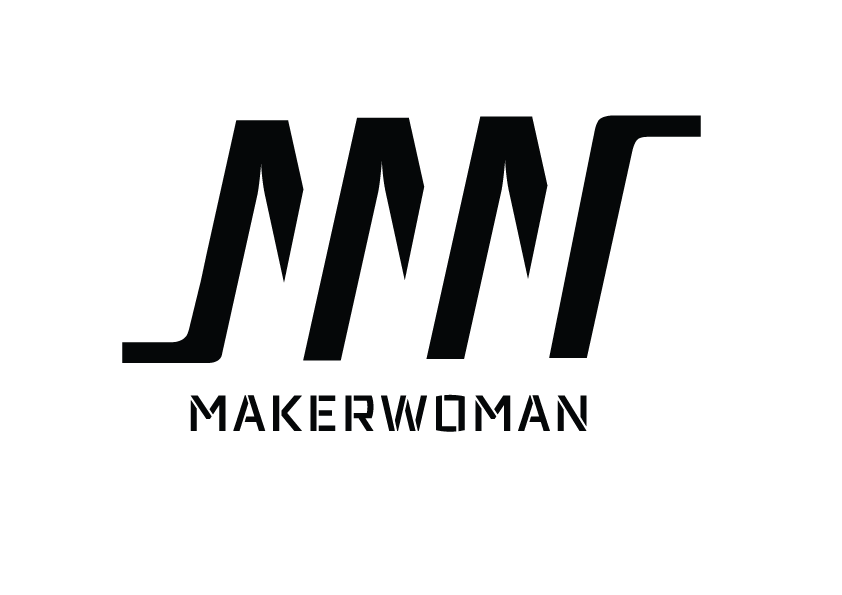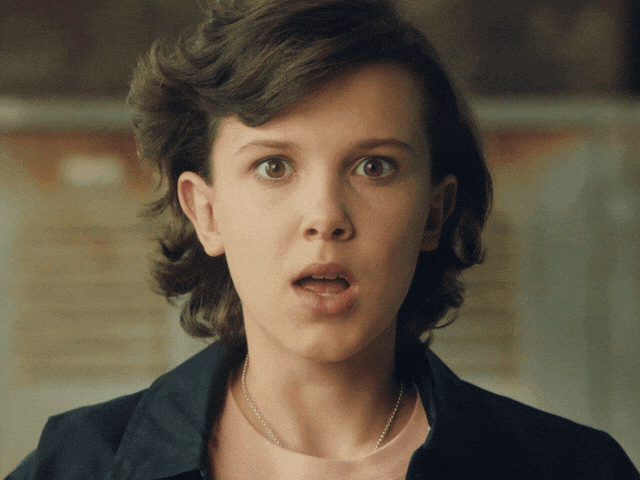Grade: 93.58% out of 100%
Online course.
Skills: Scientific communication, grammar, layperson communication, research.


Grade: 93.58% out of 100%
Online course.
Skills: Scientific communication, grammar, layperson communication, research.
What I have learned
I have:
Master thesis grade: 10
In this MSc program, I was trained to analyze and navigate complex contexts in which organizations must act in the years to come. By acquiring new skills, I can imagine new ways of working, developing, and organizing processes and products. The rapid evolution of digital technologies brings challenges and opportunities that I know how to approach, address, and make the most of by putting contemporary theories and tools into practice.
My specialization is: "Process innovation and new business models."
I ended this education by writing my Master's thesis, In the Network: The First Mapping of the Maker Movement in Greater Copenhagen and Roskilde. For this, I got a grade of 10 from the Head of Technologies in Practice. Rachel Douglas Jones.
What I have learned
As a Techno-anthropologist, I learned how to analyze a situation using Actor-Network Theory and how technology is incorporated into every aspect of our daily lives. Using anthropological methods, I can create a cultural analysis of an organization along with the ethics involved with technologies. I have experience in how to implement a design workshop based on different theories, scenarios and customer journeys and an understanding of when a concept evolves into a practice. I understand that we no longer create objects but develop concepts because infrastructure influences us and how to pose open questions so as to receive broad responses that are not influenced or limited by the question. I finished the first two semesters of this master's and during the third semester, I participated in an internship. During my internship, i realized that I am more focused on the Design aspect and changed to a different program.
How I incorporated this knowledge
This master's has provided me a much clearer understanding of target audiences and empathy for the users' needs. I still maintain the mindset I gained as a design thinker when I create concepts. I am a big fan of participatory design and user design in general. I love to create value for the users and get them to think outside the box and leave their comfort zones in a creative process. I use the theories on design workshops to create the context I use for creative workshops and I understand the importance of having a palpable understanding of what is going on throughout a design process.
In this secondary education, I have developed an understanding of different educational methods and how to use them as a project leader. I also worked on how to facilitate graphic projects and ideas using different design thinking methodologies. Which role I play as a facilitator and how to use qualitative anthropology for interviews, focus groups, and observations of either individuals or groups to research a given market. I gained experience in how to pitch an idea in five minutes and how to create a business model by combining different tools such as qualitative methods, with the models from Harvard Business School. During this education, I did an internship at Teknologisk Institut, where i worked in a department called “Opfinderrådgivningen”. I worked with ide facilitating for elementary schools and The Ministry Of Food.
How I incorporated this knowledge
I use the tools from this education when I idea generate during concept development, graphic facilitating, or when I need to create an overview or explain a complex situation. The design thinking methods allow me to understand the process an audience needs to go through during idea facilitation.
What I have learned
In multimedia design, I deepened my understanding of HTML5, CSS3, and JavaScript. I learned how to code action scripts for animations and create websites in Flash. I gained competencies in regards to analyzing an organization according to the Harward Business Model and how to write a marketing report and concept development along with which tools can be used for project management and completing a project. I also worked with phenomenology and semiotics.
I found a book on Issue, called “Generation Z zoomer-in” which is about the different generation's conduct. My teachers incorporated this book into our study plan and used it to explain target groups. This book piqued my curiosity in regard to anthropology.
How I incorporated this knowledge
When i create digital communications I used the tools and knowledge I gained from this education as well as the tools for project management.
Prior to this education, I already had an intuitive understanding of how to analyze an organization as I was raised by a woman who is a business psychologist, spin doctor, and politically active immigrant teacher. This education built on my prior knowledge and gave me the tools and models along with the proper jargon I needed to analyze in micro, meso and macro.
The book “Generation Z Zoomed in” gave me insights into how social conduct can influence a target group such as digital natives. I also incorporated this knowledge into how I teach or collaborate with others.
What I have learned
Through this institution, I gained insights on marketing according to the Harvard Business School models and I was taught how to write marketing reports. I also learned about social media and how it can be used as a strategy for marketing.
How I incorporated this knowledge
Through this course, I gained a drive and passion that prompted me to continue my education.
Right after I finished elementary school I studied at a youth education (erhvervsuddannelse) as a Media graphic designer.
What I have learned
As a media graphic designer, I have an in-depth understanding of the Adobe Suite both in regard to when and what each program is best suited for. I gained an understanding of how to produce beautiful publications for both print and online.
Print
I have learned what the difference is between CMYK and RGB, what the range of their respective color spectrums are and when to use either as well as how to Photoshop and measure color. Also, I know how to scan using a Heidelberg, what moiré is, how to avoid it when scanning, how to wrap text and how to place a picture under the x-axis, and what a baseline grid is, what a bastard is, a widow is and an orphan. Different styles and how to draw sketches and use markers and create mockup dummies. how to idea generate and maintain a common thread throughout a concept. I have experience in how to send projects to printing, using CPT machines and what EM is, and how to place a baseline grid as well as understanding when to use a dash or hyphen along with the difference between the ten font families.
Web
In connection to online media I have taught how to use HTML and CSS and how to apply these languages to coding a website through tables, create email formulas and how to create a web design, design banners, and GIFs and how to create flash graphics such as a ball hopping or 3d animate a labyrinth in Swift 3D.
How I incorporated this knowledge
My education as a media graphic designer has become a foundation for my visual creativity, whether it is in conjecture by producing a design for web or printed communication.
This education has contributed to a solid foundation with a deep knowledge base that allows me to have a broad range of insights into how to produce for different types of media. My solid foundation in media graphics allows me easily to gain insights and understandings when working within a new media. This is because of the mindset that was imprinted on me early, which provided me with an experience of what works and what doesn't work. It also functions as a tool for when I idea generate and sketch.